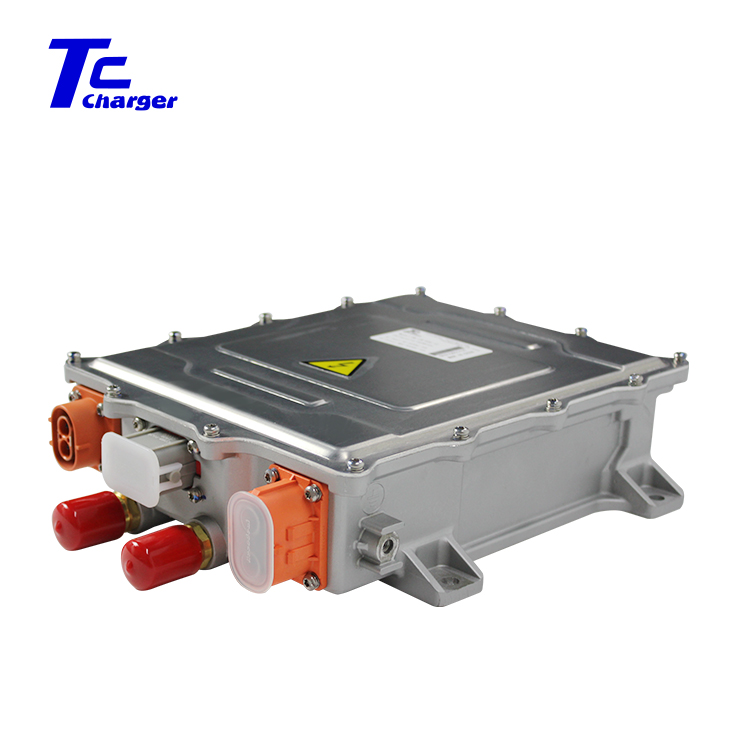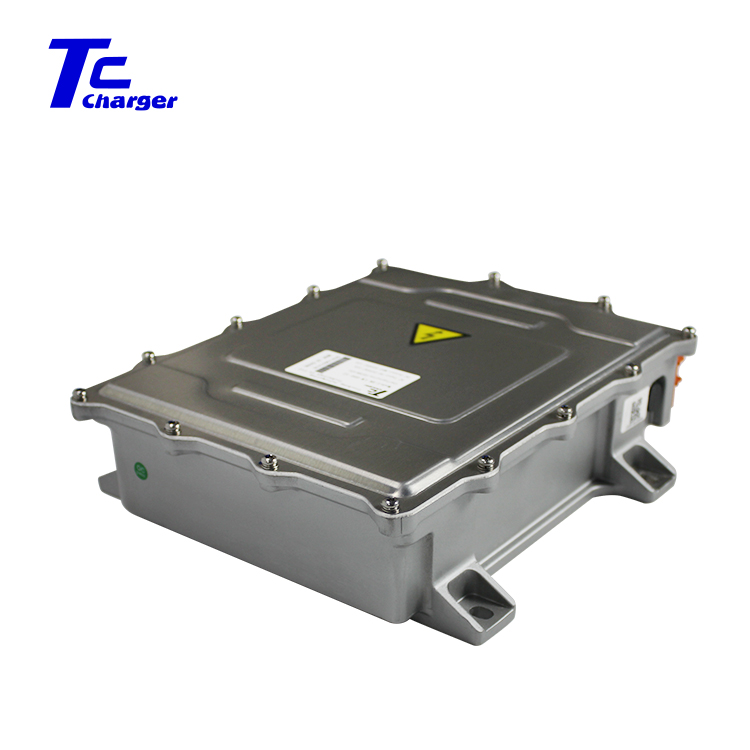Powering Green Mobility: An In-Depth Look at the Onboard Charger in EVs
Jun 30,2024 | TCcharger
 In the age of sustainability and green technologies, electric vehicles (EVs) are at the forefront, paving the way for eco-conscious transportation. In this discourse, a key component often overlooked yet essential for the operation of these eco-friendly vehicles is the onboard charger.
In the age of sustainability and green technologies, electric vehicles (EVs) are at the forefront, paving the way for eco-conscious transportation. In this discourse, a key component often overlooked yet essential for the operation of these eco-friendly vehicles is the onboard charger.
The onboard charger serves as the bridge linking our standard electrical grid to the sophisticated battery systems nestled within EVs. It works by converting alternating current (AC) energy we use in our homes and offices into direct current (DC) energy required by the batteries.
Speed is a crucial factor in the EV charging experience. The onboard charger determines this charging rate, as its capacity, denominated in kilowatts (kW), interprets the maximum power the charger can handle from the plug to the battery.
The optimal capacity varies depending on the vehicle type and the driver's needs. For example, city commuters may find lesser capacity sufficient due to shorter daily travel, while long-haul drivers or commercial fleets may require higher capacities.
Moreover, onboard chargers also maintain battery health by monitoring and adjusting the charging process to prevent overheating and overcharging–critical for the longevity of the battery's life.
The evolution in the field of onboard charger technology also indicates an increasing trend towards smart charging systems. These incorporate bi-directional charging, allowing EVs not only to take power from the grid but also to give it back. This technology could play a pivotal role in managing peak demand, improving energy grid stability, and much more.
Conclusively, the onboard charger, although a small component within the EVs, holds substantial influence over the entire EV experience. As we continue embracing the era of green mobility, the innovations in onboard charger technology will undeniably shape the gamut of sustainable transportation and power the future.



